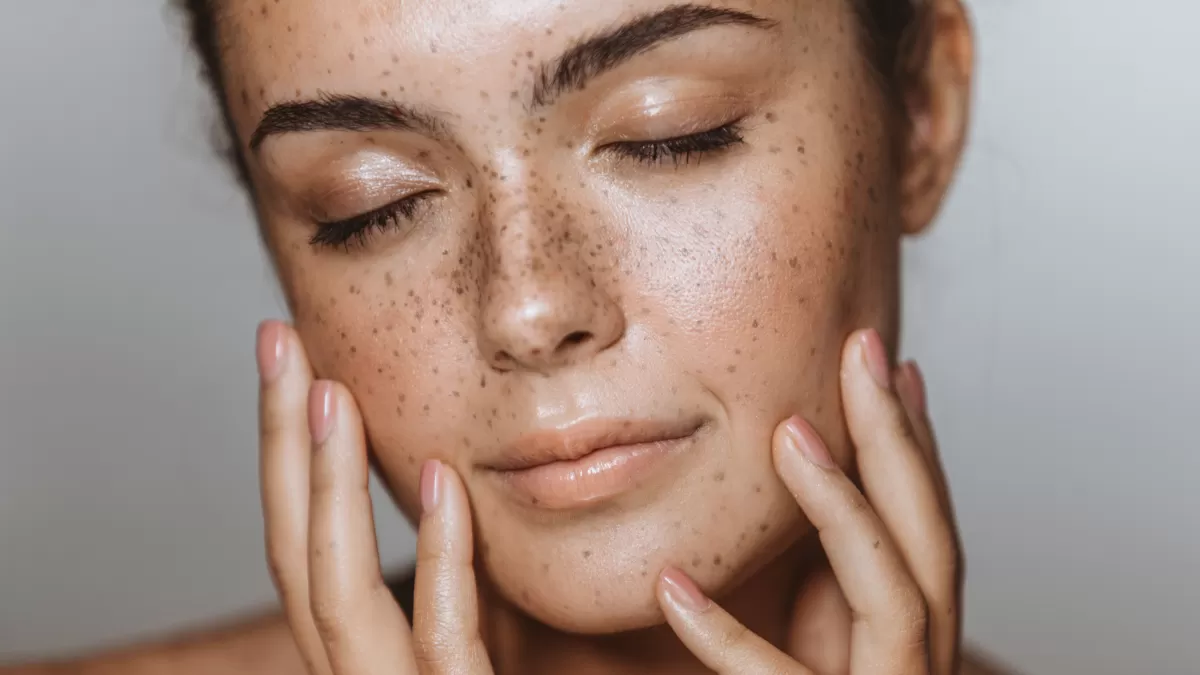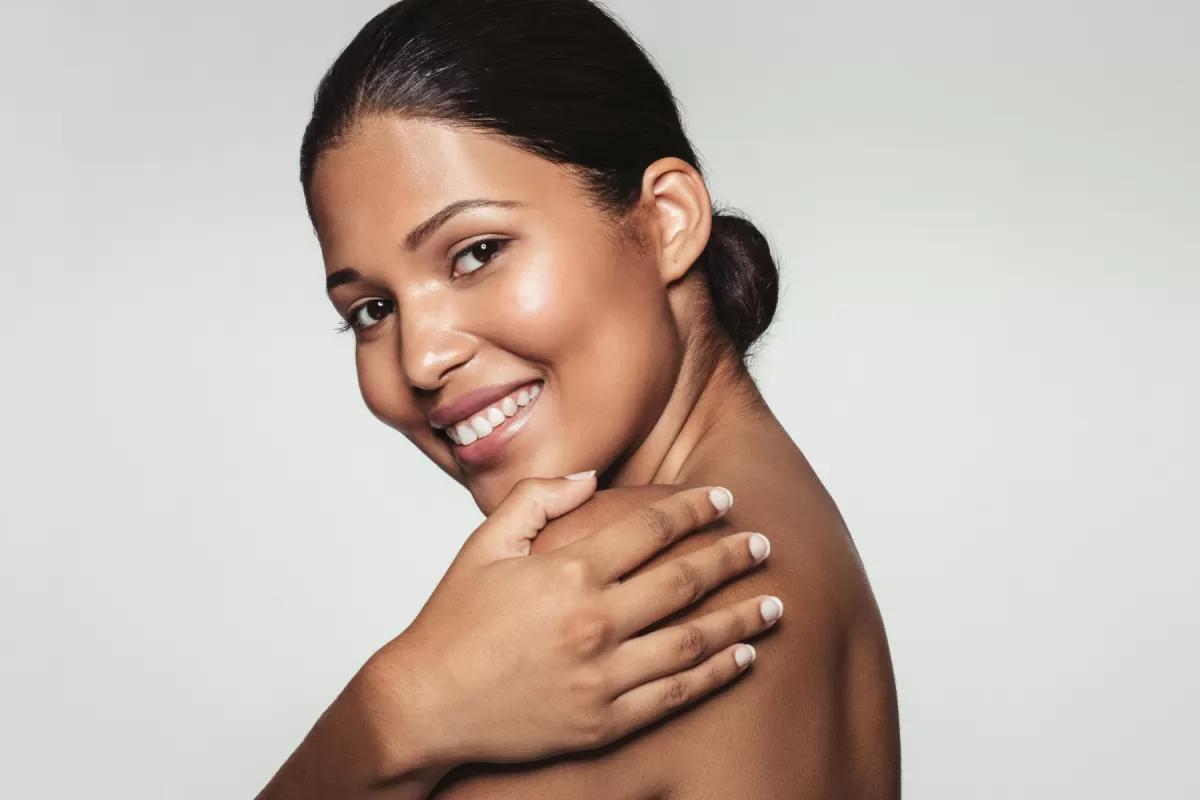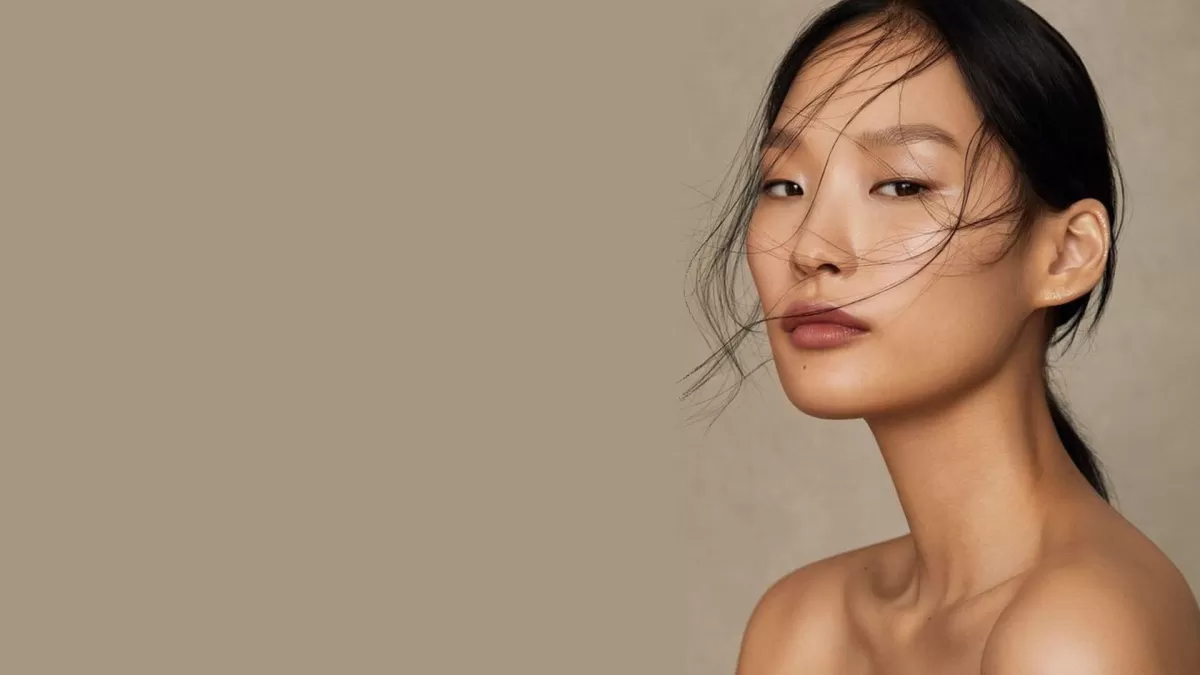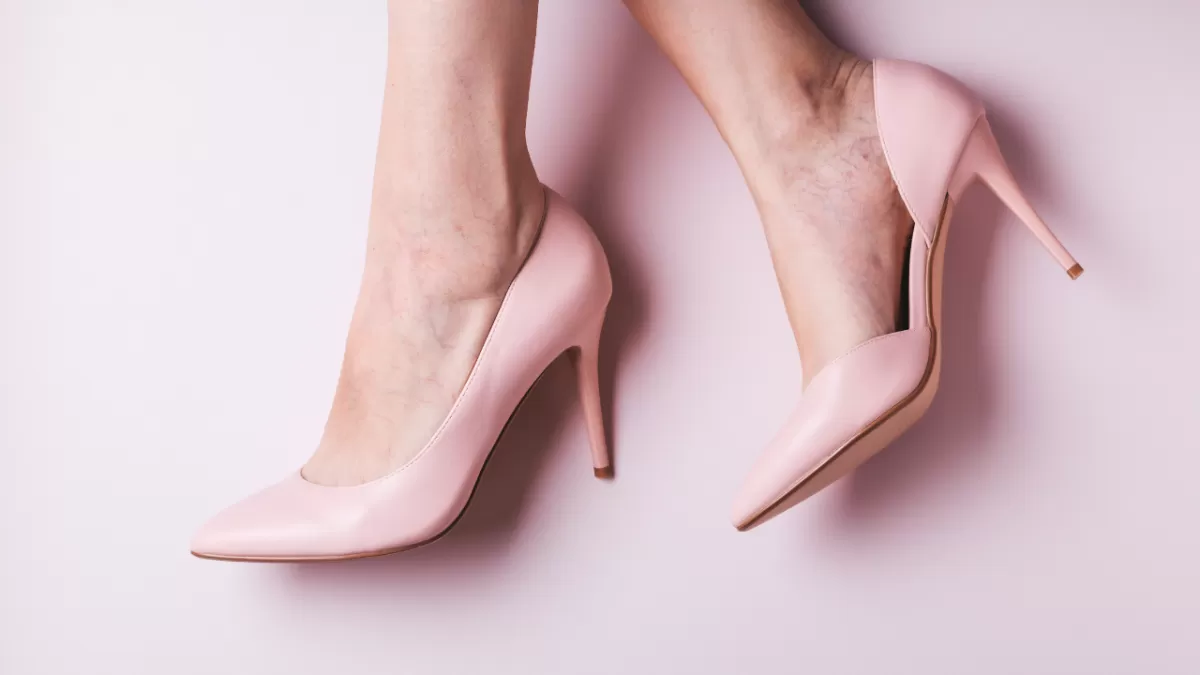
In many ways, the effect of IPL photo-rejuvenation is similar to a laser, except this method uses a range of light wavelengths instead of the single wavelength characteristic of lasers. That is because different skin structures, such as capillaries or pigment spots, absorb light energy at specific frequencies or wavelengths.
Photo-rejuvenation using the infrared range can also be used to give a more general heating of the collagen layer, which produces a light contraction or tightening of the skin around lax areas such as the face, neck, arms, and abdomen.
What is the difference between IPL and Lasers?
Lasers utilise a single wavelength to deliver the energy to skin targets. IPL uses a spectrum of wavelengths. Lasers have a reputation of precision and power and are established modalities in cosmetic dermatology. Early generation of IPL were dogged by technical and procedural issues that limited its effectiveness. Later generation IPL are at least as good if not better than their Laser counterparts. Not surprisingly, IPL and Lasers share a similar side effect profile.
What can photo-rejuvenation do for me?
- Blood vessels & facial redness
- Reduce and eliminates broken capillaries
- Reduce facial flushing and burning
- Facial redness may be the result of thousands of fine broken capillaries that when treated will lead to reduction in the appearance of facial redness
- Pigment & brown spots
- Freckles, liver spots, age blemishes
- Face, neck, v-chest and hands commonly affected areas
- Skin tightening
- Subtle tightening of face, jaw-line, jowls, chin and back
- Other areas – arms and abdomen
What does the procedure involve?
No anaesthetic is required as there is a cooling plate that protects the skin and also reduces the treatment discomfort. If required, cream anaesthetic may be applied 30 minutes before the procedure. Protective eyewear is required during the procedure as the reflected light can be very bright. Even with eye protection the IPL flashes may seem bright but this is safe and will not be harm your eyesight in any way.
A cool gel may be used on the skin to facilitate skin contact of the handpiece. When the device fires, there is a bright flash followed by a brief stinging pain similar to rubber band flick. This is followed by a mild burning sensation that may last for a few minutes. Super-chilled air is used to cool the skin during the procedure to minimize any discomfort.
Up to 3 treatments are necessary for best results, usually spaced a month apart. Additional treatment session will lead to further improvement in the complexion.
What happens after treatment, and how long will the result last?
The treated area will be red and slightly sensitive for a few hours. Make-up may be applied if desired. Occasionally these may be accompanied by swelling (especially around the eyes), micro scabbing that will settle within a week.
Treated vessels may darken which is a good sign but is not necessary for the treatment to be effective. Most of the treated vessels will disappear although some may return after 24 hours, indicating a need for further treatment. The treatment results are long lasting but new vessels may occur naturally, or as part of the underlying rosacea process, requiring top-up treatments years later.
Treated pigment will darken indicating that the treatment has worked. These pigmented spots will further darken in the next few days and gradually work its way up the skin and be expelled after 7 days. Sun avoidance is crucial to keep the pigments away. In Australia, the rate of pigment recurrence is higher because of the higher level of UV exposure.
What are the unwanted side effects of photo-rejuvenation?
Side effects are uncommon with newer generation devices. However, the following may occur:
- Burns to the skin leading to scabbing
- Alteration in pigment – darker or lighter
- Darker skin individuals and those with recent tanning are at greater risk of development both increase or decrease in pigment
- The alteration in pigment may either be temporary or rarely, permanent
- Scarring and indentations – usually as a result of burns (extremely rare)
Is everyone suitable for photo-rejuvenation?
We do not treat:
- Pregnant or breast-feeding women
- Children under age 18 without parental consent
- Current significant skin disease / infections such as cold sores at the site of treatment
- History of keloid scarring
- History of light sensitivity include connective tissue disorders, lupus, porphyria
- Patients on medication that causes sensitivity to light
- Any emotional, mental or medical condition that may impair judgment


